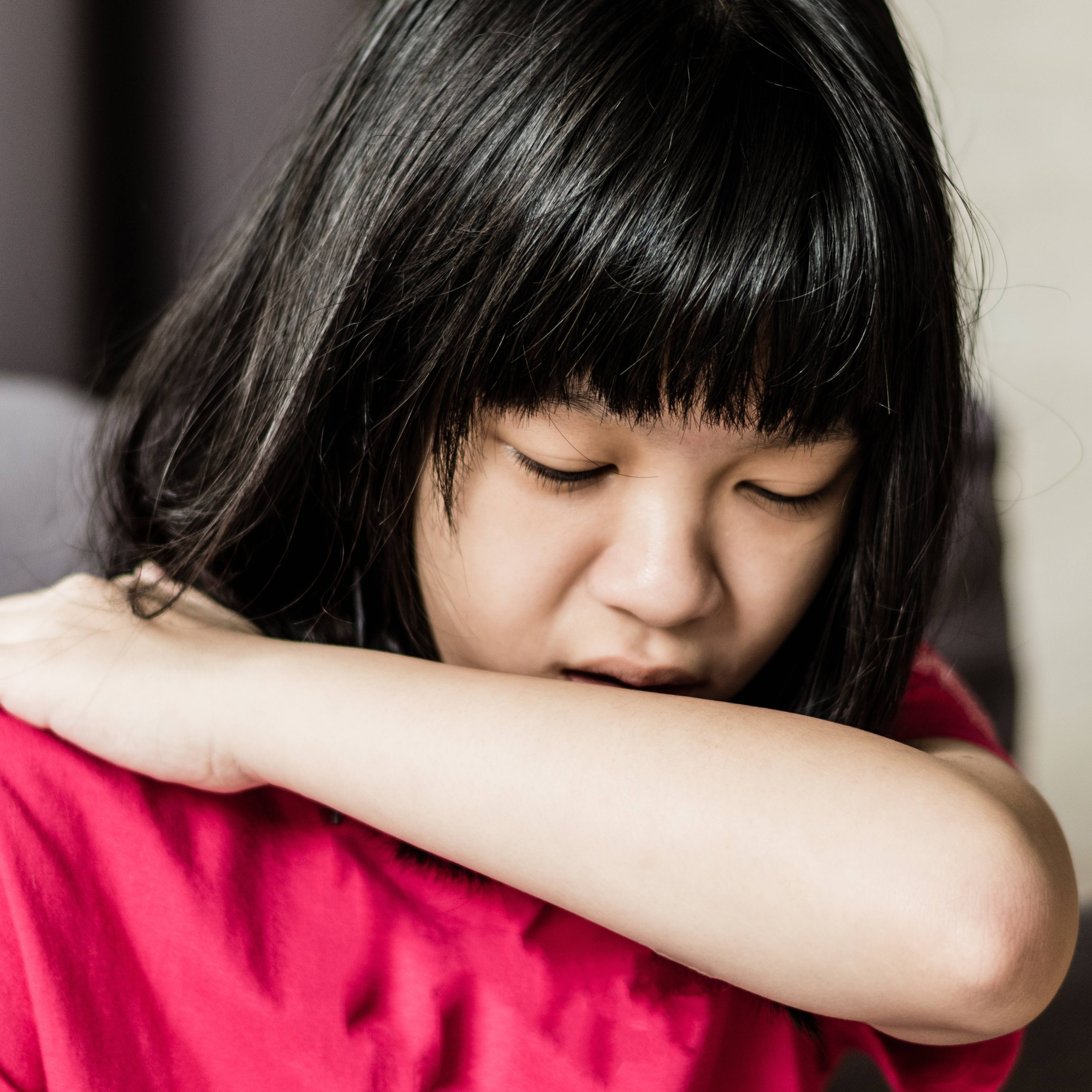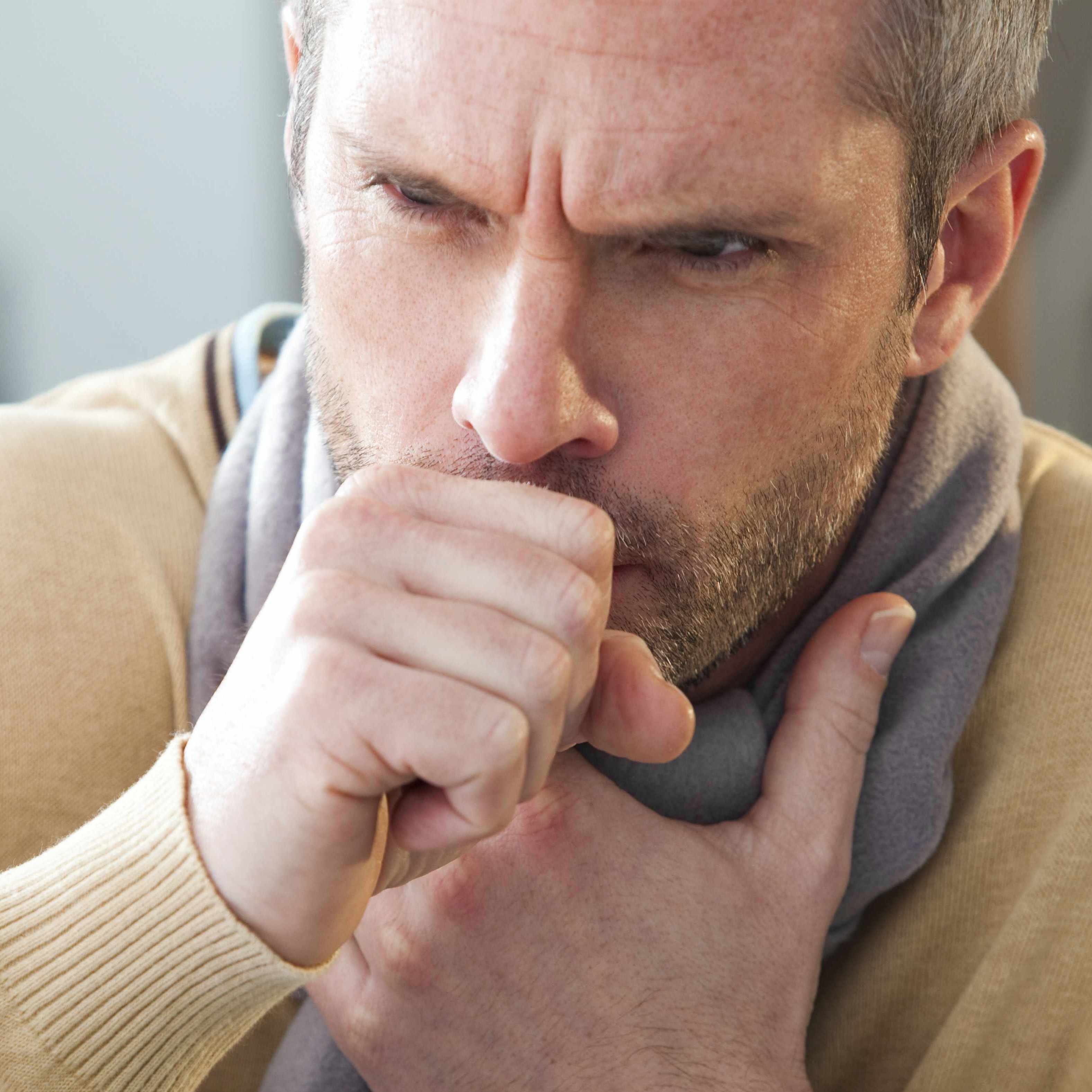
Coronavirus disease 2019 (COVID-19) can cause a wide range of signs and symptoms. The most common are fever, dry cough and tiredness. Other symptoms include shortness of breath or difficulty breathing, muscle aches, chills, sore throat, headache, or chest pain. But COVID-19 can also cause symptoms you might not expect, including:
- Gastrointestinal symptoms. COVID-19 might cause mild gastrointestinal symptoms, including a loss of appetite, nausea, vomiting and diarrhea. These symptoms might only last one day. Some people with COVID-19 have diarrhea and nausea prior to developing fever and respiratory symptoms.
- Loss of smell or taste. COVID-19 might cause a new loss of smell or taste — without nasal congestion. This typically lasts nine to 14 days. Some research suggests that loss of smell or taste might be an early predictor of COVID-19.
- Skin changes. Younger people with less severe COVID-19 might develop painful, itchy lesions on their hands and feet that resemble chilblains, an inflammatory skin condition. Sometimes called COVID toes, this symptom typically lasts about 12 days. COVID-19 also has been reported to cause small, itchy blisters, more commonly appearing before other symptoms and lasting about 10 days. Others might develop hives or a rash with flat and raised lesions. These skin changes might last a week, appear at the same time as other symptoms and are associated with more severe infections.
- Confusion. COVID-19 also has been reported to cause confusion in older people, especially those with severe infections.
- Eye problems. COVID-19 might cause eye problems such as enlarged, red blood vessels, swollen eyelids, excessive watering and increased discharge. The infection also might cause light sensitivity and irritation. These symptoms are more common in people with severe infections.
Signs and symptoms of coronavirus disease 2019 (COVID-19) may appear two to 14 days after exposure to the virus and can range from mild to severe. If you think you might be experiencing symptoms of COVID-19, call your doctor.
This article is written by Mayo Clinic Staff. Find more health and medical information on mayoclinic.org.
Information in this post was accurate at the time of its posting. Due to the fluid nature of the COVID-19 pandemic, scientific understanding along with guidelines and recommendations may have changed since the original publication date.
Check the Centers for Disease Control and Prevention website for additional updates on COVID-19. For more information and all your COVID-19 coverage, go to the Mayo Clinic News Network and mayoclinic.org.







